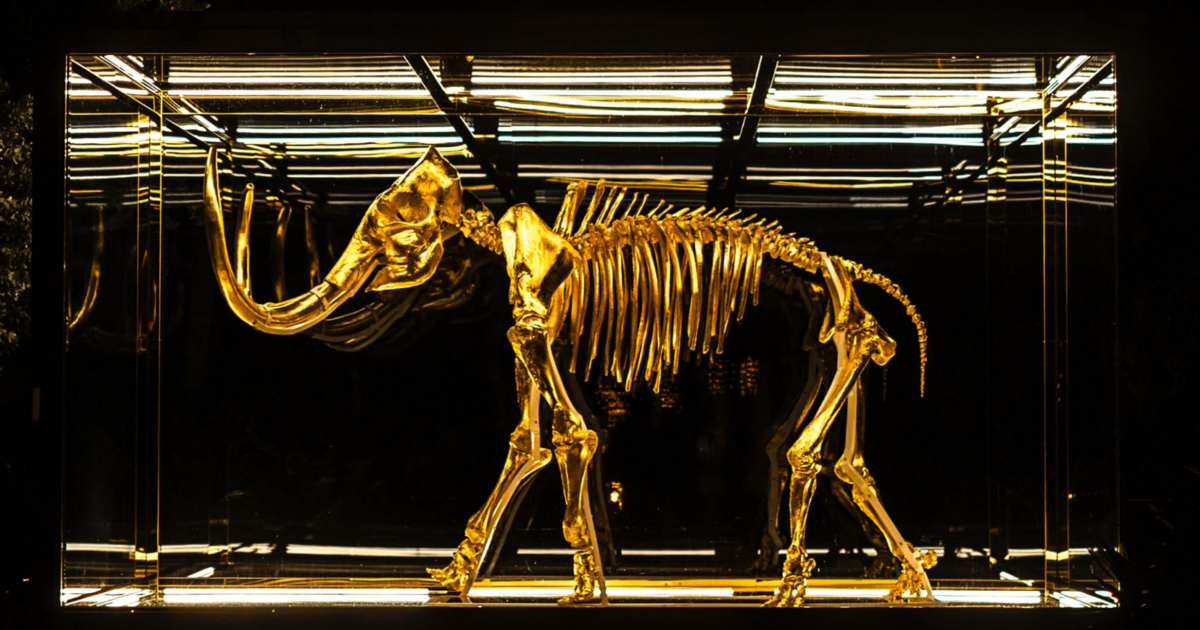Jorge Saturno<p>New publication on NO₂ amount fraction measurement using <a href="https://scholar.social/tags/FTIR" class="mention hashtag" rel="nofollow noopener noreferrer" target="_blank">#<span>FTIR</span></a>. Our approach allowed us to to quantify impurities like N₂O and nitric acid. The focus was on exhaust emission using <a href="https://scholar.social/tags/PEMS" class="mention hashtag" rel="nofollow noopener noreferrer" target="_blank">#<span>PEMS</span></a>.</p><p><a href="https://kumulonimb.us/publicaciones/reviewed/2025-kim/" rel="nofollow noopener noreferrer" translate="no" target="_blank"><span class="invisible">https://</span><span class="ellipsis">kumulonimb.us/publicaciones/re</span><span class="invisible">viewed/2025-kim/</span></a></p><p>:OpenAccess: <a href="https://doi.org/10.1007/s40825-024-00252-5" rel="nofollow noopener noreferrer" translate="no" target="_blank"><span class="invisible">https://</span><span class="ellipsis">doi.org/10.1007/s40825-024-002</span><span class="invisible">52-5</span></a></p><p><a href="https://scholar.social/tags/AirPollution" class="mention hashtag" rel="nofollow noopener noreferrer" target="_blank">#<span>AirPollution</span></a> <a href="https://scholar.social/tags/Metrology" class="mention hashtag" rel="nofollow noopener noreferrer" target="_blank">#<span>Metrology</span></a></p>
Recherches récentes
Aucune recherche récente
Options de recherche
Disponible uniquement lorsque vous êtes connecté.
mastouille.fr est l'un des nombreux serveurs Mastodon indépendants que vous pouvez utiliser pour participer au fédiverse.

Mastouille est une instance Mastodon durable, ouverte, et hébergée en France.
Administré par :
Statistiques du serveur :
589comptes actifs
mastouille.fr: À propos · Annuaire des profils · Politique de confidentialité
Mastodon: À propos · Télécharger l’application · Raccourcis clavier · Voir le code source · v4.3.4
#ftir
0 message · 0 participant · 0 message aujourd’hui
Laura Scoble<p>Looking for <a href="https://fediscience.org/tags/advice" class="mention hashtag" rel="nofollow noopener noreferrer" target="_blank">#<span>advice</span></a> for trying to correct <a href="https://fediscience.org/tags/ATR" class="mention hashtag" rel="nofollow noopener noreferrer" target="_blank">#<span>ATR</span></a> <a href="https://fediscience.org/tags/FTATR" class="mention hashtag" rel="nofollow noopener noreferrer" target="_blank">#<span>FTATR</span></a> <a href="https://fediscience.org/tags/spectrum" class="mention hashtag" rel="nofollow noopener noreferrer" target="_blank">#<span>spectrum</span></a> using <a href="https://fediscience.org/tags/R" class="mention hashtag" rel="nofollow noopener noreferrer" target="_blank">#<span>R</span></a> / <a href="https://fediscience.org/tags/rstudio" class="mention hashtag" rel="nofollow noopener noreferrer" target="_blank">#<span>rstudio</span></a> .<br>I need to make my <a href="https://fediscience.org/tags/spectra" class="mention hashtag" rel="nofollow noopener noreferrer" target="_blank">#<span>spectra</span></a> comparable to <a href="https://fediscience.org/tags/OPTIR" class="mention hashtag" rel="nofollow noopener noreferrer" target="_blank">#<span>OPTIR</span></a> but I can’t figure out the <a href="https://fediscience.org/tags/coding" class="mention hashtag" rel="nofollow noopener noreferrer" target="_blank">#<span>coding</span></a> for <a href="https://fediscience.org/tags/ATRcorrection" class="mention hashtag" rel="nofollow noopener noreferrer" target="_blank">#<span>ATRcorrection</span></a> 😭. </p><p>Note: I don’t need to do <a href="https://fediscience.org/tags/baselinecorrection" class="mention hashtag" rel="nofollow noopener noreferrer" target="_blank">#<span>baselinecorrection</span></a> as such, more about <a href="https://fediscience.org/tags/weighting" class="mention hashtag" rel="nofollow noopener noreferrer" target="_blank">#<span>weighting</span></a> :)</p><p><a href="https://fediscience.org/tags/R" class="mention hashtag" rel="nofollow noopener noreferrer" target="_blank">#<span>R</span></a> <a href="https://fediscience.org/tags/spectroscopy" class="mention hashtag" rel="nofollow noopener noreferrer" target="_blank">#<span>spectroscopy</span></a> <a href="https://fediscience.org/tags/Bruker" class="mention hashtag" rel="nofollow noopener noreferrer" target="_blank">#<span>Bruker</span></a> <a href="https://fediscience.org/tags/FTIR" class="mention hashtag" rel="nofollow noopener noreferrer" target="_blank">#<span>FTIR</span></a></p>
AlexHenderson<p>New release of <a href="https://fosstodon.org/tags/python" class="mention hashtag" rel="nofollow noopener noreferrer" target="_blank">#<span>python</span></a> code to read hyperspectral image files produced by @Agilent <a href="https://fosstodon.org/tags/FTIR" class="mention hashtag" rel="nofollow noopener noreferrer" target="_blank">#<span>FTIR</span></a> spectrometers. <br>- Reads *.seq and *.dmt files. <br>- Finds files in subfolders.<br>- Extract numpy arrays and metadata.<br>- Exports to <span class="h-card"><a href="https://fosstodon.org/@hdf5" class="u-url mention" rel="nofollow noopener noreferrer" target="_blank">@<span>hdf5</span></a></span> format. <br><a href="https://github.com/AlexHenderson/agilent-ir-formats" rel="nofollow noopener noreferrer" target="_blank"><span class="invisible">https://</span><span class="ellipsis">github.com/AlexHenderson/agile</span><span class="invisible">nt-ir-formats</span></a></p><p><a href="https://fosstodon.org/tags/infrared" class="mention hashtag" rel="nofollow noopener noreferrer" target="_blank">#<span>infrared</span></a> <a href="https://fosstodon.org/tags/opensource" class="mention hashtag" rel="nofollow noopener noreferrer" target="_blank">#<span>opensource</span></a></p>
AdriftLab<p>🚨NEW PAPER ALERT🚨 recent <a href="https://aus.social/tags/AdriftLab" class="mention hashtag" rel="nofollow noopener noreferrer" target="_blank">#<span>AdriftLab</span></a> MSc graduate Karli Mylius has published her first, first-author paper - yay yay👏<br>Our research focused on the ingestion of <a href="https://aus.social/tags/nanoplastics" class="mention hashtag" rel="nofollow noopener noreferrer" target="_blank">#<span>nanoplastics</span></a> by <a href="https://aus.social/tags/shorebirds" class="mention hashtag" rel="nofollow noopener noreferrer" target="_blank">#<span>shorebirds</span></a> as few data exist, globally. To do this, we also collected data on <a href="https://aus.social/tags/plastic" class="mention hashtag" rel="nofollow noopener noreferrer" target="_blank">#<span>plastic</span></a> particles in beach <a href="https://aus.social/tags/sediments" class="mention hashtag" rel="nofollow noopener noreferrer" target="_blank">#<span>sediments</span></a> from locations where we saw the birds actively feeding in <a href="https://aus.social/tags/Tasmania" class="mention hashtag" rel="nofollow noopener noreferrer" target="_blank">#<span>Tasmania</span></a>. <br>We studied <a href="https://aus.social/tags/HoodedPlover" class="mention hashtag" rel="nofollow noopener noreferrer" target="_blank">#<span>HoodedPlover</span></a> (Vulnerable species) and <a href="https://aus.social/tags/PiedOystercatcher" class="mention hashtag" rel="nofollow noopener noreferrer" target="_blank">#<span>PiedOystercatcher</span></a> (📸 credit Eric J Woehler) & found 1000s of tiny plastics in ALL of the birds and sediments we examined, no matter how remote the location. <br>Hooded Plovers have shorter beaks, and because of this, they feed in shallower (surface) sediments where more plastic has been shown to accumulate. Not surprisingly, their <a href="https://aus.social/tags/guano" class="mention hashtag" rel="nofollow noopener noreferrer" target="_blank">#<span>guano</span></a> 💩 contained 32× more plastics, on average, than Pied Oystercatchers! 😳😢<br>We gratefully acknowledge the <a href="https://aus.social/tags/TraditionalOwners" class="mention hashtag" rel="nofollow noopener noreferrer" target="_blank">#<span>TraditionalOwners</span></a> of lutruwita, where this research was undertaken and funding from BirdLife TAS and a generous philanthropist who directly supported both students involved in this project during the 2022 cost of living crisis. <br>ACCESS THE PAPER HERE (free to download for 50 days) ➡️
<a href="https://authors.elsevier.com/c/1gNvZzLNScBJk" rel="nofollow noopener noreferrer" target="_blank"><span class="invisible">https://</span><span class="ellipsis">authors.elsevier.com/c/1gNvZzL</span><span class="invisible">NScBJk</span></a></p><p><a href="https://aus.social/tags/FlowCytometry" class="mention hashtag" rel="nofollow noopener noreferrer" target="_blank">#<span>FlowCytometry</span></a> <a href="https://aus.social/tags/FTIR" class="mention hashtag" rel="nofollow noopener noreferrer" target="_blank">#<span>FTIR</span></a> <a href="https://aus.social/tags/microplastics" class="mention hashtag" rel="nofollow noopener noreferrer" target="_blank">#<span>microplastics</span></a> <a href="https://aus.social/tags/beaches" class="mention hashtag" rel="nofollow noopener noreferrer" target="_blank">#<span>beaches</span></a> <a href="https://aus.social/tags/DetectionMethods" class="mention hashtag" rel="nofollow noopener noreferrer" target="_blank">#<span>DetectionMethods</span></a> <a href="https://aus.social/tags/ParticleSize" class="mention hashtag" rel="nofollow noopener noreferrer" target="_blank">#<span>ParticleSize</span></a></p>
ExplorerFlux en direct
Mastodon est le meilleur moyen de suivre ce qui se passe.
Suivez n'importe qui à travers le fédivers et affichez tout dans un ordre chronologique. Ni algorithmes, ni publicités, ni appâts à clics en perspective.
Créer un compteSe connecterGlissez et déposez pour envoyer
